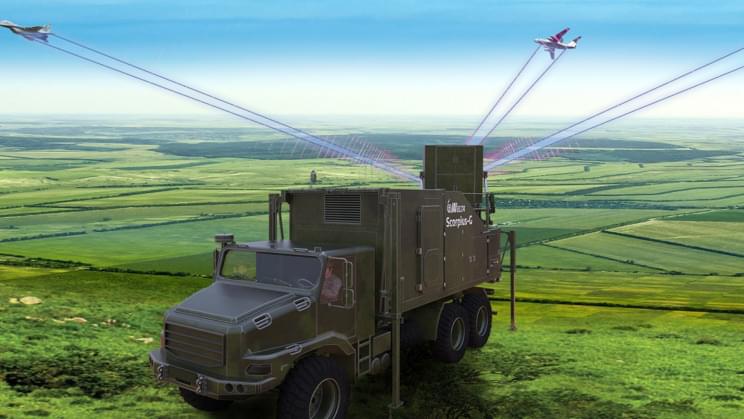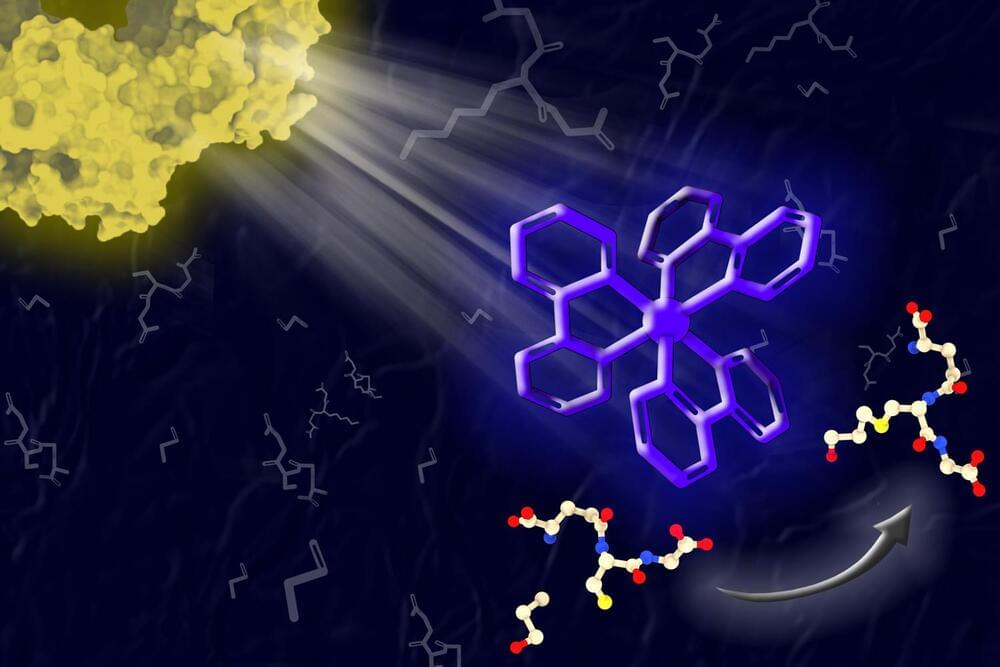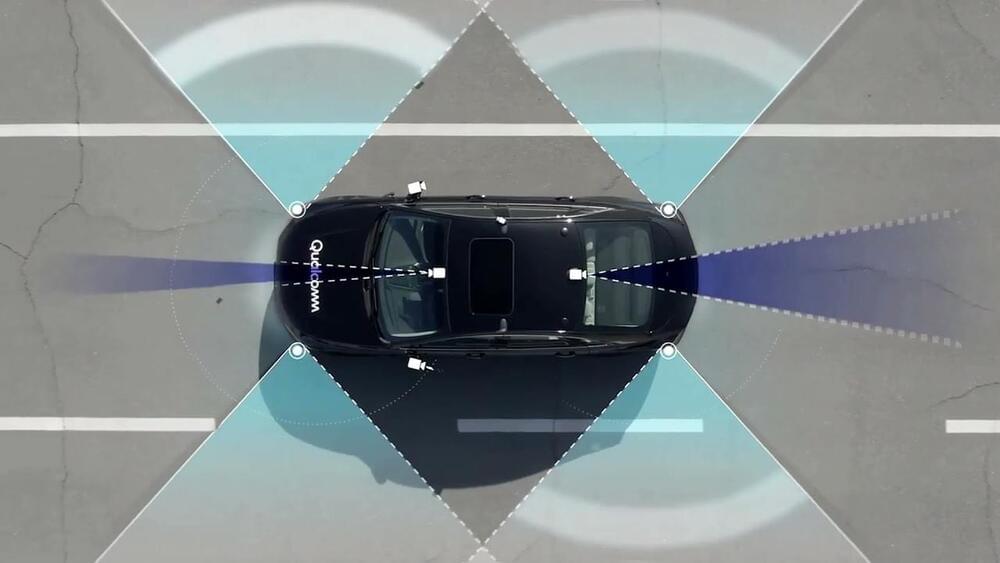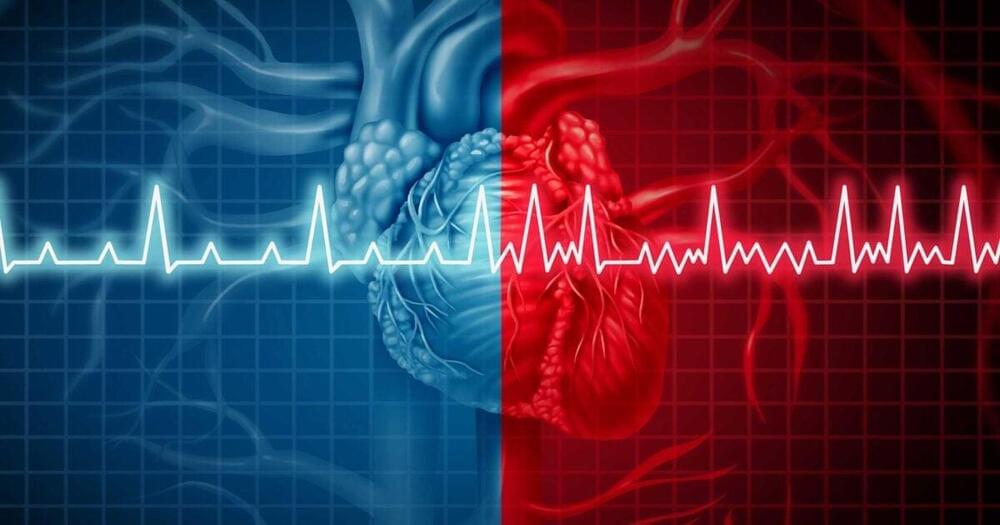Nov 17, 2021
Conquering Earth’s Evil Sister: What Would It Take to Make Venus Our Home?
Posted by Gemechu Taye in category: space
Venus could actually be a second home to humanity someday.
Welcome back to our ongoing “Interplanetary” series. Today, we take a look at Earth’s “Sister Planet,” Venus! Given the extreme conditions present on this planet, you might say that Venus is the “evil sister” of Earth. And yet, people could live there someday in any number of ways. All it would take is the right kind of resources, dedication, and knowledge.
Continue reading “Conquering Earth’s Evil Sister: What Would It Take to Make Venus Our Home?” »


















